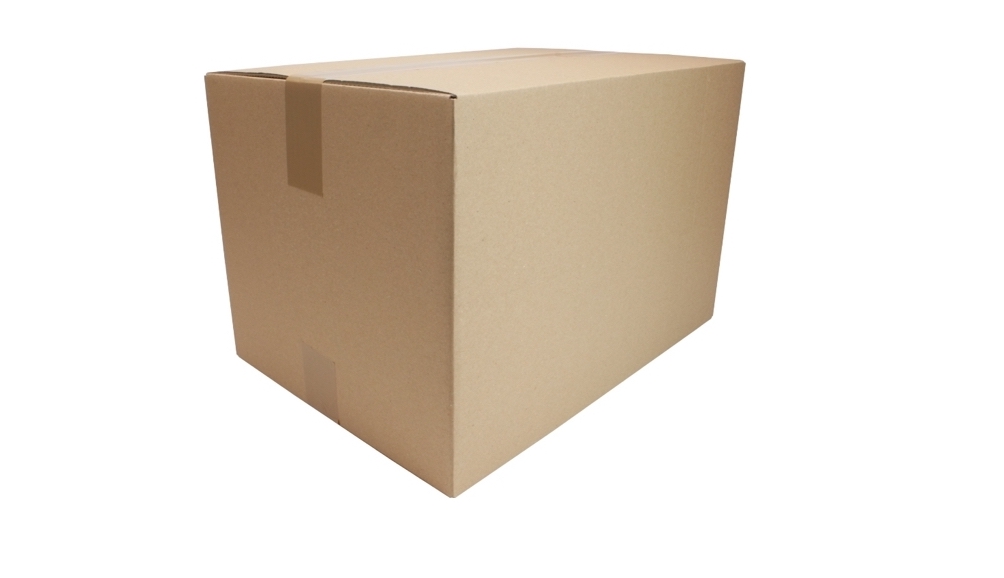3 x 3.75 Mollys
November 17, 2022
Will a desire for small eventually help us overcome our obsession with continuous growth or is it just another way to continue a feeling of control and abundance? This paradox is the heart of The Incredible Shrinking Man as we state that it is better to shrink towards abundance than to grow towards scarcity. In any case the outspoken desire for small is relatively rare. In our “collection of the desire for smallness” there is an interesting 2016 letter written by Molly Young and published in the New York Times in which she expresses her love for small spaces. Following are some excepts.
She writes: “Some humans are optimized for small spaces, and I am one of them. Perhaps you are, too. Here’s an experiment to try. Find the square footage of your home and calculate how big it is in units of you. I am 5-foot-4, and my current apartment is 320 square feet. Therefore, my current apartment is 3 x 3.75 Mollys. I wonder if there is a golden ratio at work here — a crude logic behind our spatial preferences. As a compact and rectangular human, I gravitate toward compact and rectangular shelters. Ranch houses make me feel diluted. When I walk into a spindly Victorian, I feel as though someone is tightening my corset.”
“When I talk about small spaces, I’m not talking about photogenic shelters constructed from found materials by Silicon Valley billionaires. I am not talking about cabin porn. I am talking about the universal human instinct to burrow, regardless of your personal dimensions. “There is a kind of play common to nearly every child; it is to get under a piece of furniture or some extemporized shelter of his own and to exclaim that he is in a ‘house’ ” wrote the British architectural historian John Summerson in his 1949 essay collection, “Heavenly Mansions.” None of us, Summerson writes, entirely outgrow our love of “squatting under the table.”
“In my case, I wonder if my relocation from California to the East Coast a decade ago had something to do with the scale of nature. I’m still amazed at the delicacy of the natural landscape on this side of the country. The trees are so dainty. The beaches are diorama-size. The waves are like ripples in a cat’s water bowl. Forget about bluffs, canyons or crags. I can appreciate a 350-foot-tall redwood tree, but I feel more at home with a dwarfish crab apple or a dogwood. If tiny spaces heighten the sense of being left to your own devices, then tiny trees enlarge your relative physical presence in the world.”
“And this, in the end, is what I suspect the allure for tiny spaces is all about: that it’s not so much an aesthetic preference as it is an existential one. The American hunger for big cars, big screens, big personalities and Big Macs abides. Enormousness is still the easiest way to signal dominance. But scaling down can be aspirational, too. In large open spaces, we feel slight and vulnerable. In small, contained spaces, we feel large and powerful. Wouldn’t you rather feel like a giant than an ant?”
And there it is again, the paradox. Can we only desire smaller as an instrument to feel bigger or to have more? Perhaps not. In evolution there are two directions for size: You become bigger to fight and defend yourself, or smaller to hide. Humans, being a relatively large species are an example of the former. Both work, but in times of dwindling resources, growing inequality and drastic climate change, perhaps human’s biological desire to fight could best be manifested through the desire to hide, and our species subsequently becoming significantly smaller.